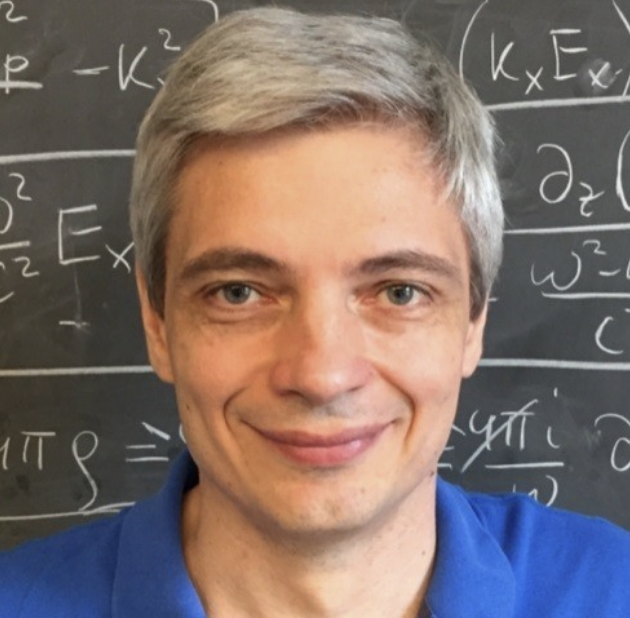Andrei Beloborodov: Plasma fireworks around black holes and neutron stars
FB51
AlbaNova Main Building
Black holes and neutron stars generate extremely intense radiation, magnetic fields, and high-energy particles. These spectacular phenomena are governed by plasma physics, and plasma around the compact objects is extreme in several ways. It is often relativistic and magnetically dominated, it has unusual channels for fast energy dissipation, it is highly radiative, and its charged particles can be created locally at the dissipation site. Recent advances in extreme plasma physics have broad applications to old puzzles, such as pulsars and cosmological gamma-ray bursts, and recent observational discoveries, including neutron star mergers, fast radio bursts, and images of accreting black holes. In the last decade, this field has been revolutionized by first-principles numerical experiments and new analytical insights. Examples include radiative magnetic reconnection and turbulence, monster shocks, and propagation of ultrastrong electromagnetic waves. Physical conditions around compact objects are not reproducible in labs, however connections are emerging with laser experiments.
 About the speaker: Andrei M. Beloborodov (Columbia University) is a theoretical astrophysicist. His main research interests include stellar interiors, black holes, neutron stars, and related radiative phenomena. His recent works focus on evolution of neutron star interior, plasma waves and shocks around magnetars, coronae of accreting black holes, and angular momentum transport in stars
About the speaker: Andrei M. Beloborodov (Columbia University) is a theoretical astrophysicist. His main research interests include stellar interiors, black holes, neutron stars, and related radiative phenomena. His recent works focus on evolution of neutron star interior, plasma waves and shocks around magnetars, coronae of accreting black holes, and angular momentum transport in stars
In the OKC: Oct 14-18 2025, A5 corridor (KTH part)
Felix Ryde (speaker host), Filip Alamaa (speaker host), Alex Burgman (OKC colloquium coordinator)
